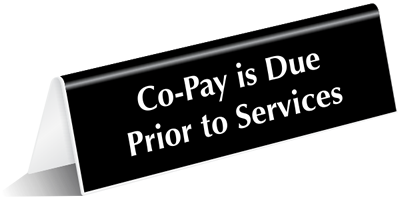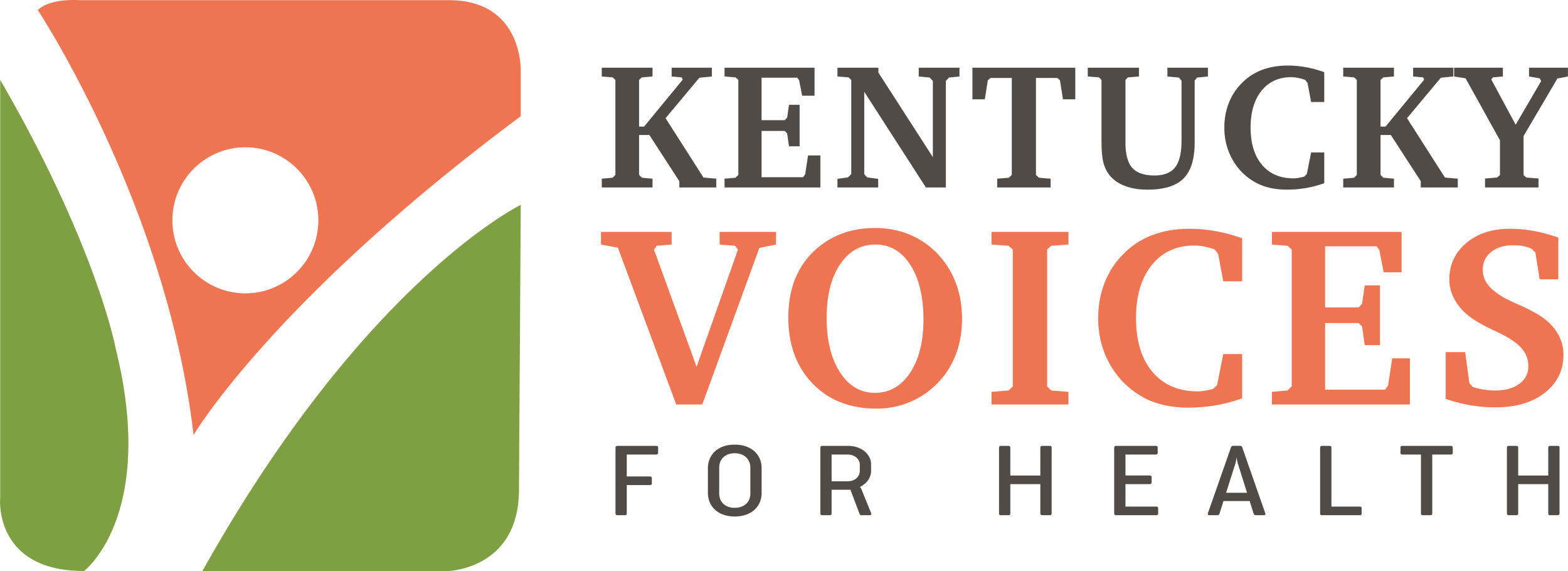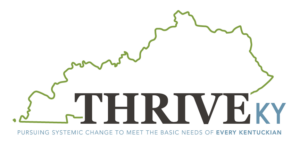
Mandatory Medicaid copays, along with the confusion they bring, continue to be in the spotlight. At the September 26 meeting of the Advisory Council for Medicaid Assistance (referred to as the MAC), these copays were brought up twice. Once by Emily Beauregard, chair of the Consumer Rights and Client Needs Technical Advisory Committee, and again by Peggy Roark, a MAC member who represents Medicaid beneficiaries. The overarching themes remain the same: confusion over when copays are charged and when they’re not, confusion over who must pay and who does not, and reduced access to medical services or medicine.
Ms. Roark’s confusion came from that first theme; sometimes she was charged and sometimes not for the same service from the same provider. Most likely, this on again, off again charging is because of the “5% rule.” This is a federal rule that states a Medicaid recipient can’t be charged any more than 5% of their income for out of pocket expenses, such as copays. It sounds simple, but it’s more complicated than it sounds. For starters, it’s recalculated on a quarterly basis, so even if one hits the 5% limit in, say, March, the individual could still have a copay to pay in April.
For example, if someone has a hypothetical income of $100/mo, their quarterly income is $300, and the 5% limit is $15. Once he or she pays that amount in copays in any given quarter, they don’t pay any more. But it’s usually a complete surprise to them when they don’t. Then when a new quarter starts, copays are mandatory once again. Because everyone’s income is a little different, the out of pocket maximum is different, too. Confusing.
Federal rules also say no one under 100% of the Federal Poverty Level can be refused services because they cannot pay a copay, but we hear stories of this happening all the time. Of patients turned away from an appointment to have cancerous tissue removed from their skin. Of patients not receiving psychiatric medication (when the individual was homeless and had no income, mind you).
Some of that is attributed to the complex rules. How does a provider know if a patient’s income is below poverty? How do they know if they’ve hit that 5% limit? All providers see a computer screen that’s supposed to provide them this information. If a patient’s income is below poverty, does that mean copays aren’t an issue? Unfortunately, no. The provider is still required to attempt to collect it. It is up to the individual to 1) know the policy, 2) know their income is below the poverty line, and 3) advocate for themselves in a place they’re likely not comfortable doing so. Add this all up, and the outcome is more barriers between people and the healthcare they need, both now and in the future.
Given the work I do, I’m now in the habit of talking to my healthcare providers and pharmacists about Medicaid policies and their real-life impacts. Copays generate the most comments. One office told me of an older gentleman—a cancer patient—who insisted on paying $6 for two visits. His income was under the poverty line, and the provider correctly informed him he didn’t have to pay. But he was concerned he would lose his coverage if he didn’t pay, so he did over his provider’s objections.
A pharmacy employee at a major chain told me she sees regular patients all the time who sometimes have to pay and sometimes don’t. When asked about those under the poverty line, she said pharmacists don’t see the same screen providers have with information about income being over or under the poverty line, so she doesn’t know. If they have their $1 ready and they don’t have to pay, she congratulates them. If they don’t have $1 and they are required to pay? Without a way to verify income level, she pulls $1 out of her pocket to cover it. Unfortunately, not all pharmacists do the same and many low-income Kentuckians end up without their prescriptions.
It’s not supposed to work this way. We appreciate the efforts the Cabinet for Health & Family Services has made to add income information to providers’ screens, troubleshoot problem areas, and acknowledge the need for more training. But we still oppose the imposition of copays in general. Indeed, these stories aren’t atypical and were fully expected when the policy was first announced.
There are better options. Medicaid administrators could choose to stop charging copays altogether. At the very least, copays don’t have to be applied to everyone, for everything. Since pharmacists don’t have access to all the data needed to make a proper copay determination, medication should be exempt. Because it’s nearly impossible to administer the policy for those struggling below the poverty line, that population should be exempt.
The Cabinet says it could save about one half of one percent of Medicaid expenditures with this policy. But research shows this is likely penny wise and pound foolish as people put off care and try to stretch their medicine to last longer. Perhaps Ms. Roark said it best in her last question at the MAC: What is the purpose of charging copays to people below the poverty line?
It’s still a good question without a good answer.



